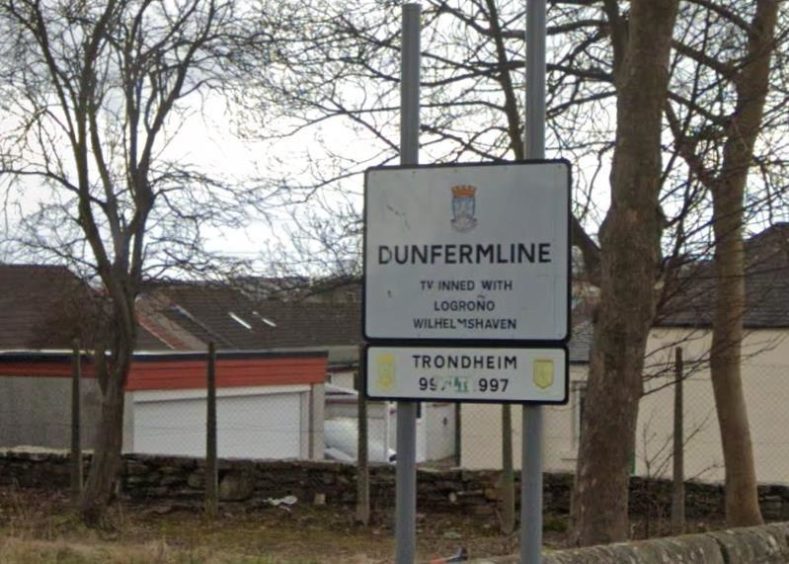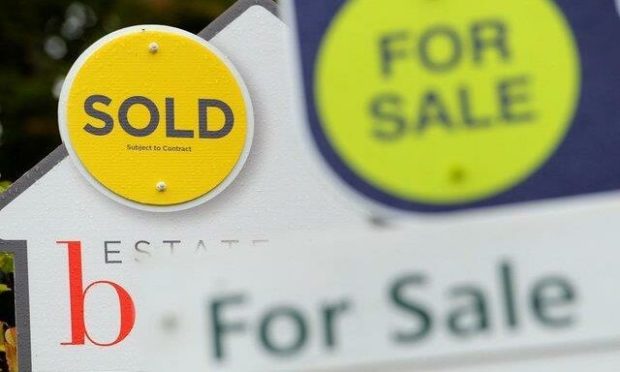Research by property experts ESPC has shown houses in East Fife jumped a remarkable 26% in price in a year — more than three times the average of other homes in the area.
The real estate agency looked at property price increases year-on-year in Fife, Lothians, Edinburgh and the Borders, comparing May to July last year with those three months this year.
The overall average selling price of homes in Fife, Lothians, Edinburgh and the Borders rose 7.6% year-on-year, to £275,623.
Houses in East Fife, which includes towns such as Elie, Anstruther and St Andrews, saw the biggest jump.
Properties there surged 26.1% to £268,017 on average.
East Fife higher than other parts of Kingdom
These were drastically higher than other areas in the Kingdom.
West Fife and Kinross’s prices rose by just 2.3% to an average of £195,311 in the same time period.
Dunfermline saw an increase of 6.1%, with an average price of £191,249.

The Fife town also had the second-highest number of properties for sale of any area, behind Leith in Edinburgh.
Both are “attractive locations for first-time buyers”, said ESPC staff.
People are also buying houses quicker this May to July than they did last year in the four regions of Scotland surveyed.
The race to secure a purchase intensified as the market grew more competitive, the firm said.
The average sales time across the four regions is now just 14 days – eight days quicker than the same period in 2020, with homes in West Fife and Kinross selling in 12 days on average.
Paul Hilton, CEO of ESPC, said: “It’s been another busy quarter for the property market, with sustained growth across many areas, including in the average selling prices of property, and the amount over Home Report valuation that buyers are willing to pay.
‘Demand continuing across the market’
“With more homes coming to market, and more sales than in 2020, and faster sales at that, we can safely say that demand is continuing across the market in all areas, for buyers and sellers at all stages.
“The trend for three-bedroom family homes in the popular suburbs of Edinburgh, and the surrounding commuter-friendly towns of East Fife, East Lothian and Midlothian, continues to rise as buyers seek more space to call their own.
“For buyers looking to start their property journey, now could be a great time to consider buying a home in Leith or Dunfermline, where there are plenty of fantastic and affordable options available and less competition for buyers to secure their ideal home.”
Second phase of Halbeath housing development approved despite opposition
